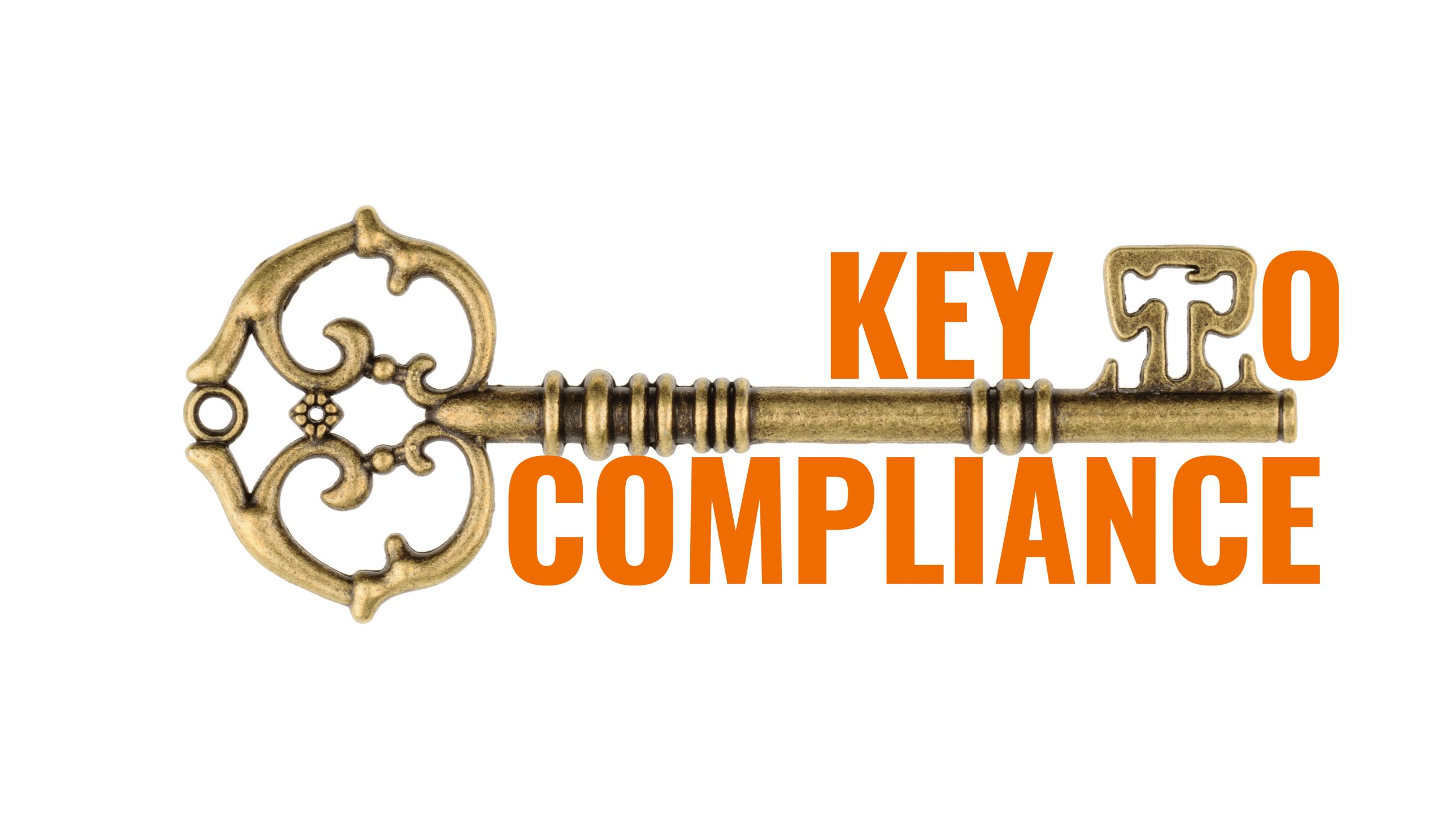There are many meetings which a sponser can have with FDA related to the product being developed and to be approved by FDA. But it can be categorized in to 3 base categories.
Type A: Critical Path (Urgent) meetings – Clinical hold, Safety Issues, Site disqualification, etc (within 30 days)
Type B: Procedural meetings – Pre-IND meeting, EOP2, pre-NDA, etc (within 60 days)
Type C: Miscellaneous meetings – CMC issues, mid-P3, early-review, mid-review, etc ( within 75 days)
Formal meetings are not the only way you communicate with the FDA: comment requests, emails, telecons with the RPMs, etc.
Why meeting FDA?
- Sponsors have the right to request a meeting with the FDA review division.
- These meetings are specifically to help prescription drug approvals
- Not granted if FDA perceives that an IND is not being planned
- More for issue resolution while product development than scientific rationale
- Clarification and discussion, not “interrogation”
- Pre-submission meetings (pre-IND, EOP2, pre-NDA) meetings are considered critical by FDA compared to mid-cycle meetings (mid-P3, mid-review, etc)
Time for meeting
- Developed “final product” idea
- Finished formulation
- Target indication(s) and population(s)
- CMC information
- Characterization
- Manufacturing and packaging (cGMP)
- Stability studies
- Basic non-clinical studies (GLP)
- Acute and sub-acute toxicology
- Pharmacology
- In vitro toxicity tests
- Ready to initiate clinical studies
- Have sufficient GMP level investigational product
- The pre-clinical studies demonstrate MTD, NOAEL, major expected adverse events
- Scientific rationale for mechanism of action is available
- Clinical development plan is proposed
